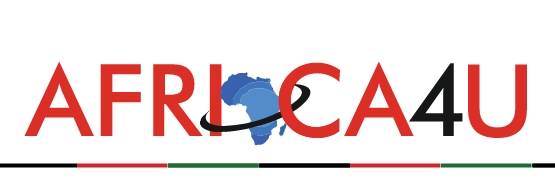(3 Minutes Read)
Digitalisation can fast-track progress toward achieving the universal target of reducing remittance costs to 3% by 2030, potentially saving up to US$20 billion each year for those who need it most.
In 2024, over 200 million migrant workers from low- and middle-income countries sent approximately USD 685 billion in remittances to 800 million family members in their countries of origin.
Remittances are a vital source of external capital, and in 30 of them, these flows represent more than 10% of GDP. This staggering amount surpasses official development assistance (ODA) and foreign direct investment (FDI) combined in most developing countries. Nearly one-third of these funds reach rural areas in the least developed countries.
IFAD’s experience demonstrates that families receiving as little as an average of USD 300 per month (the global average) are more likely to invest in small businesses, home improvements, and climate-smart farming that help them adapt.
Digitalisation can fast-track progress toward achieving the universal target of reducing remittance costs to 3% by 2030, potentially saving up to USD20 billion each year for those who need it most.
Looking ahead to the Fourth International Conference on Financing for Development (FfD4), IFAD urges governments, financial institutions, and international organisations to harness remittances’ transformative power fully. This means putting the right tools, policies, and partnerships in place to ensure migrant contributions are protected and valued.
Read Also:
The UN’s International Fund for Agricultural Development (IFAD) is an international financial institution and a specialised agency of the United Nations dedicated to eradicating poverty and hunger in rural areas of developing countries.





